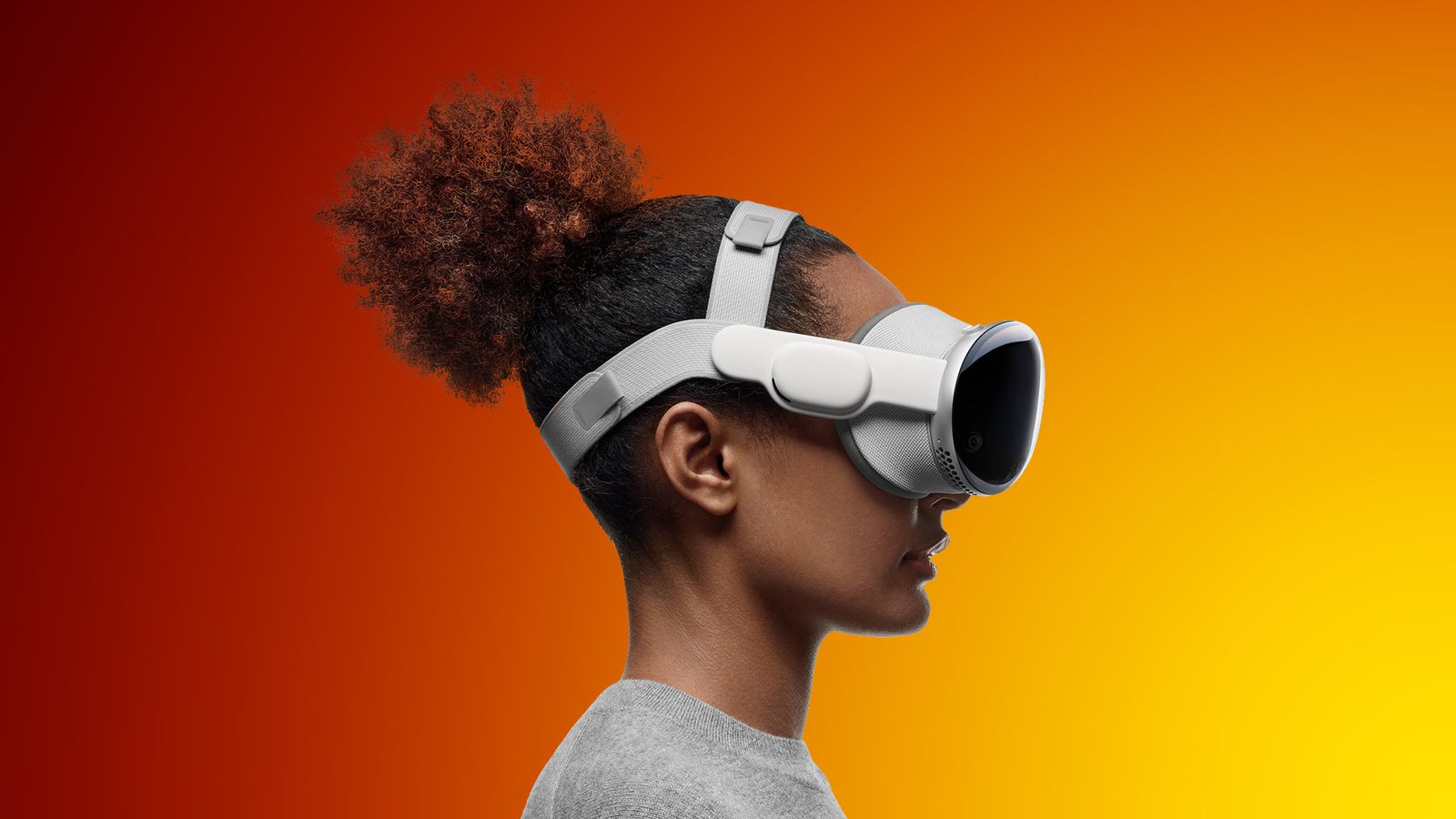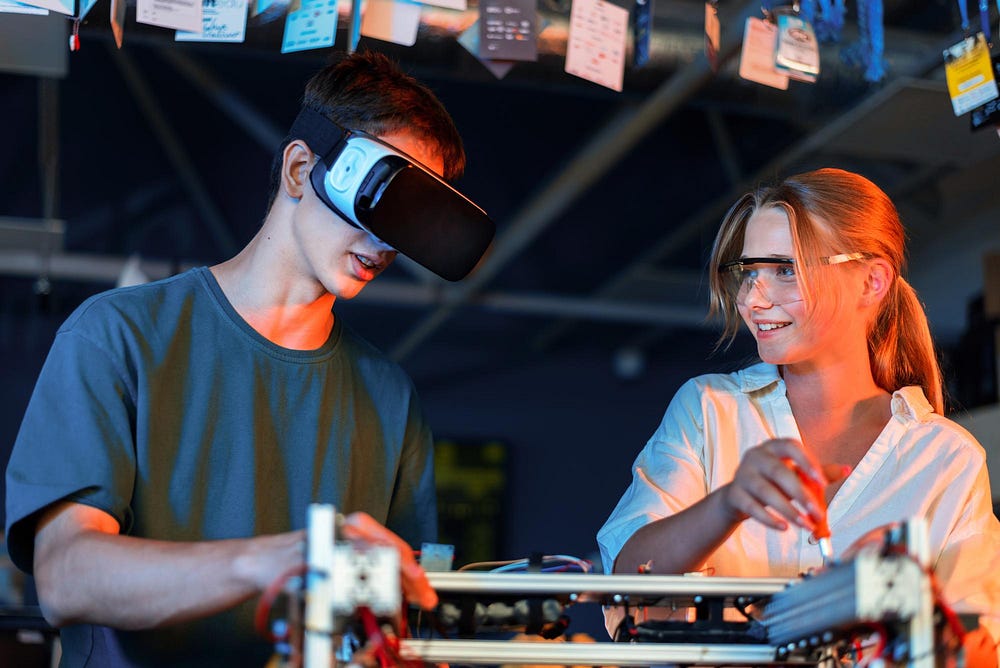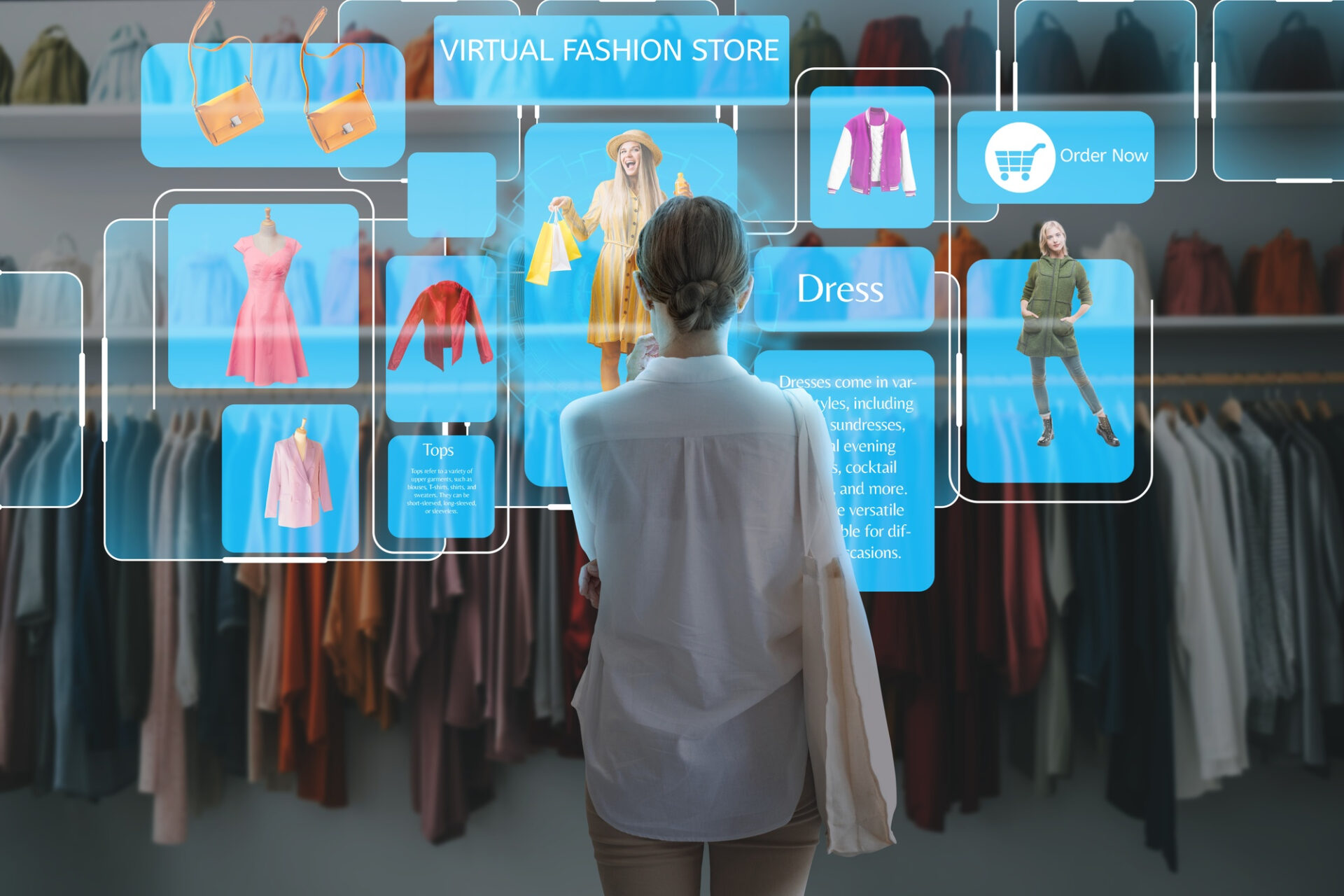
The Rise of Spatial Computing in AR and VR
Introduction
Spatial computing, once confined to labs and futuristic visions, is now quietly transforming how we work, design, and interact with digital systems. With Apple Vision Pro’s launch, Meta’s continued XR investments, and maturing enterprise use cases, spatial computing is no longer experimental, it is becoming a practical, deployable advantage.
At its core, spatial computing blends the physical and digital worlds by using AR, VR, and XR interfaces alongside sensors, AI, and advanced visualization, enabling users to intuitively interact with information in three-dimensional space. From AR-guided surgeries to collaborative industrial design in VR, the shift is redefining human-computer interaction.
This isn’t a hype cycle; it is a foundational change in interface design, operational workflows, and digital collaboration.
In this article, you will learn:
- How spatial computing is evolving and why it is gaining momentum now
- Practical use cases in industrial design, healthcare, and education
- Additional areas like remote collaboration and customer experience transformation
- Key considerations for businesses preparing for spatial computing adoption
- How 0xMetaLabs helps organizations implement practical, scalable spatial strategies
What is Spatial Computing and why now?
Spatial computing uses physical space as an interface for digital interaction. It leverages technologies such as LiDAR, computer vision, AI-powered gesture and eye tracking, and spatial mapping to create environments where digital objects can anchor, respond, and adapt to real-world settings in real time.

While AR overlays digital data onto the physical world, VR immerses users in entirely virtual environments, and XR serves as an umbrella for mixed experiences, spatial computing unifies these modalities by focusing on how users naturally interact with digital content in physical space.
The technology has existed for over a decade, but three factors are driving its current momentum:
- Hardware Readiness
Apple Vision Pro’s advanced passthrough AR and Meta Quest’s maturing mixed-reality features demonstrate consumer-grade hardware is now capable of delivering spatial experiences at usable fidelity. - Enterprise Adoption
Industries are moving from pilot XR experiments to targeted operational deployments, especially in design reviews, simulation-based training, and remote assistance. - Developer Ecosystem Maturity
Platforms like Unity, Unreal Engine, ARKit, and WebXR have evolved to support scalable spatial experiences, enabling practical development pipelines.
How Spatial Computing is Transforming Industries
1. Industrial Design and Manufacturing
Spatial computing allows engineers and designers to interact with 3D models at scale in VR, enabling the identification of design flaws early in development. AR-powered maintenance workflows guide technicians with real-time overlays on machinery, reducing errors and operational downtime. Remote teams can collaboratively review prototypes, manipulating virtual objects as if they are physically present.
Example: Porsche has integrated AR for quality inspections, reducing manual errors, while Lockheed Martin reported a 30% improvement in task efficiency using AR during assembly processes.
2. Healthcare and AR-Guided Surgery
Spatial computing enhances surgical precision by overlaying critical data, such as vascular pathways and organ structures, during procedures. VR simulations in medical training improve practitioner readiness by offering repeatable, risk-free practice environments, while AR headsets enable remote experts to guide local teams during complex interventions.
Example: At Johns Hopkins, surgeons have used AR overlays for spinal surgeries, aligning 3D anatomical data with the patient’s body, achieving high accuracy while reducing operating times.

3. Education and Training
Spatial computing transforms education by turning abstract concepts into tangible, interactive experiences. Students can explore complex systems like the human body or chemical structures in 3D, while VR field trips provide immersive explorations beyond classroom walls. Industrial training benefits from VR simulations of hazardous environments, reducing risk while improving retention.
Example: Case Western Reserve University uses AR headsets for anatomy education, allowing students to visualize and interact with human body systems during coursework.
4. Remote Collaboration and Hybrid Work
Beyond design and training, spatial computing is redefining how distributed teams collaborate. Virtual offices and mixed-reality meeting rooms enable teams to interact with 3D models, shared documents, and real-time data visualizations, making remote collaboration more engaging and productive than traditional video calls.
Example: Companies are using spatial meeting platforms to host design reviews or strategy sessions with global teams, allowing participants to gesture, annotate, and manipulate shared content within a virtual workspace.
5. Customer Experience and Retail
Spatial computing is enabling immersive customer experiences in retail and product showcases. AR apps let customers visualize products in their homes before purchase, while VR showrooms provide interactive exploration of large-scale products like vehicles or architectural designs.
Example: Furniture brands now use AR to help customers see how sofas or tables would look and fit within their living spaces, reducing purchase hesitation and return rates.

What Businesses Need to Prepare For
Spatial computing requires more than adopting headsets. For businesses seeking to leverage it effectively, preparation should focus on:
- Identifying Use Cases: Evaluate workflows where spatial computing can improve efficiency, safety, or learning outcomes.
- Infrastructure Readiness: Ensure high-speed connectivity and assess GPU and compute capacity for rendering spatial experiences, particularly for collaborative use cases.
- Content Strategy: Develop 3D assets and digital twins relevant to your operations, as spatial computing depends on high-quality, context-specific content.
- Pilot and Scale Approach: Begin with limited-scope pilots to gather data and refine processes before scaling spatial workflows across teams or departments.
This approach ensures businesses adopt spatial computing where it delivers measurable value rather than chasing trends.
How 0xMetaLabs Helps Organizations Transition to Spatial Computing
At 0xMetaLabs, we view spatial computing as a practical extension of a business’s digital transformation, not as a separate technology silo.
We assist organizations by:
- Mapping current workflows to identify high-impact spatial computing opportunities, ensuring alignment with business objectives.
- Developing scalable architectures for AR/VR/XR applications that integrate with existing data sources and operational systems.
- Prototyping and testing spatial applications to validate technical feasibility and user adoption.
- Supporting teams with practical training to transition comfortably into spatial workflows.
Our goal is to help organizations move from interest in spatial computing to tangible deployments that improve productivity, reduce operational errors, and create meaningful engagement in training and collaboration

Conclusion
Spatial computing represents a quiet but transformative shift in how humans interact with information and digital environments. As hardware and ecosystems mature, its adoption across industries is becoming a practical opportunity for organizations seeking to enhance design processes, improve training outcomes, and enable remote, immersive collaboration.
For businesses ready to explore spatial computing, now is the right time to begin assessing opportunities and building a clear roadmap for adoption. With the right strategy, spatial computing can move from experimentation to a meaningful operational advantage, quietly but powerfully redefining how teams work and learn in the years ahead.
If you are considering where spatial computing fits within your digital transformation journey, 0xMetaLabs can help you assess, prototype, and scale this next-generation capability with a clear, practical approach aligned with your business goals.
Ready to get started? Contact 0xMetaLabs today to bring spatial computing into your business.
You May Also Like
How Agentic AI Automates Product Catalogs
Ut enim ad minim veniam, quis nostrud exercitation ullamco laboris nisi ut aliquip ex ea commodo con


